It is not every day that we get to be paid to wear our own clothes unless one is a runway model, an Instagram model or a Kardashian. We wear clothes as a necessity to cover our nakedness. Often times the only time the ordinary person gets close to benefiting financially by wearing clothes is by being given branded wear by advertising organisations and well the financial benefit being the branded wear.
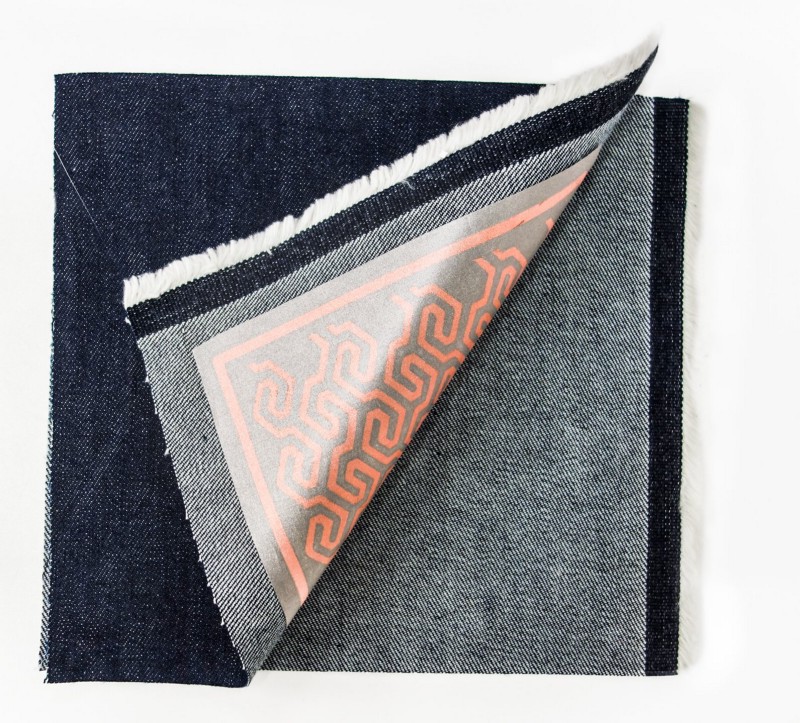
Loomia is here to change all that. Loomia makes a thin, almost weightless fabric that has electrical components built in. It can be touch-sensitive, or emit heat or light. The sensors on the fabrics collect data about the person wearing Loomia-powered apparel. Data collected by these fabrics include temperature, motion, or frequency of wear, then store it in the Loomia Tile, the battery pack that powers Loomia’s technology. And here comes the fun part, that data can be sold off by the owner.
The Development Team

Loomia got its start three years ago with a $100,000 grant that founder Madison Maxey, now 24, earned as a Thiel Fellow. The company started as The Crated, a studio that built prototypes for companies like Google and North Face, but Maxey later shifted the company’s focus to electrified textiles and renamed it Loomia.
Loomia’s main goal is to give consumers some power over that data, and they intend to do than through a token sale thereby effectively creating a new blockchain-based currency that it will sell to investors. In a world where personal data has become a precious commodity, sold behind closed doors by large corporations, the Loomia Tile gives individuals the right to own their personal data, along with the freedom to choose how to share or sell it.
Loomia is also using blockstack behind the scenes which has its own needs for a blockchain including incorruptible routing tables. Not only is the blockchain secure, it’s also transparent and immutable — meaning that the metadata that is collected can be audited and inherently trusted by all parties, rather than current industry methods which could be altered to fit one particular player’s benefits.
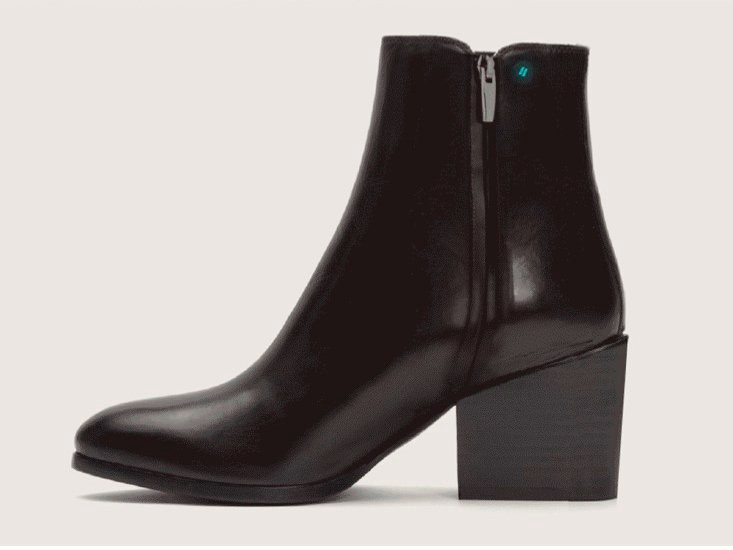
According their whitepaper, Loomia’s materials are:
SAFE AND COMPLIANT, BY DESIGN ~ Loomia materials are ROHS certified, built in ISO 9001 and OSHA approved facility, with the bulk of our manufacturing happening in the USA. LOOMIA materials are washer and dryer safe.
NOT JUST FABRIC: WEARABLE SOLUTIONS ~ Loomia’s technology extends beyond textiles. They are striving to design and engineer components and connections for truly magical user experiences.
READY TO INTEGRATE ~ Loomia’s products come with the solutions to make them market ready, with tech packs designed for manufacturing.
The Loomia Tile
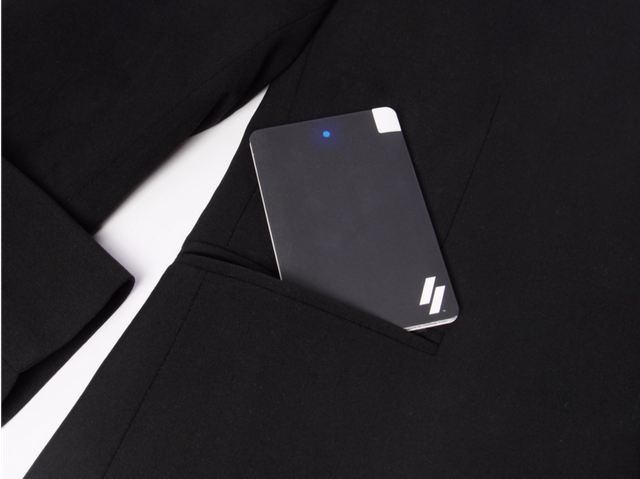
This is the device that transforms clothes into data-collecting and identity tools. The LOOMIA TILE sits at the intersection of two new, fast-growing industries: smart apparel and personal data. As such, it is uniquely well-positioned to unite these two burgeoning fields in service of each other. There is also the Loomia Electronic Layer, which is the thin layer of circuitry actually bonded to the item of clothing in question in order to collect data such as frequency of wear, location, level of activity and temperature. That information is then stored on a hardware component called the Loomia Tile, which doubles up as a battery pack for other desired functionality embedded in the garments, and then syncs with a secure and anonymous digital identity on the Loomia Data Exchange, enabled via use of blockchain technology.
Token Sale
Loomia has announced that they will hold their token sale in early 2018, which will eventually let customers profit off their clothes by selling the data Loomia’s sensors collect back to apparel makers, then collect rewards that are redeemable on the blockchain. In Loomia’s case, its Tile battery pack will double as a token, a digital asset that represents rewards points. The Tile is an Ethereum-based ERC-20 token, the standard for Ethereum tokens. In the event that one does decide to share or sell your data, the rewards will be paid in LOOMIA tokens thereby creating a utility for the tokens.
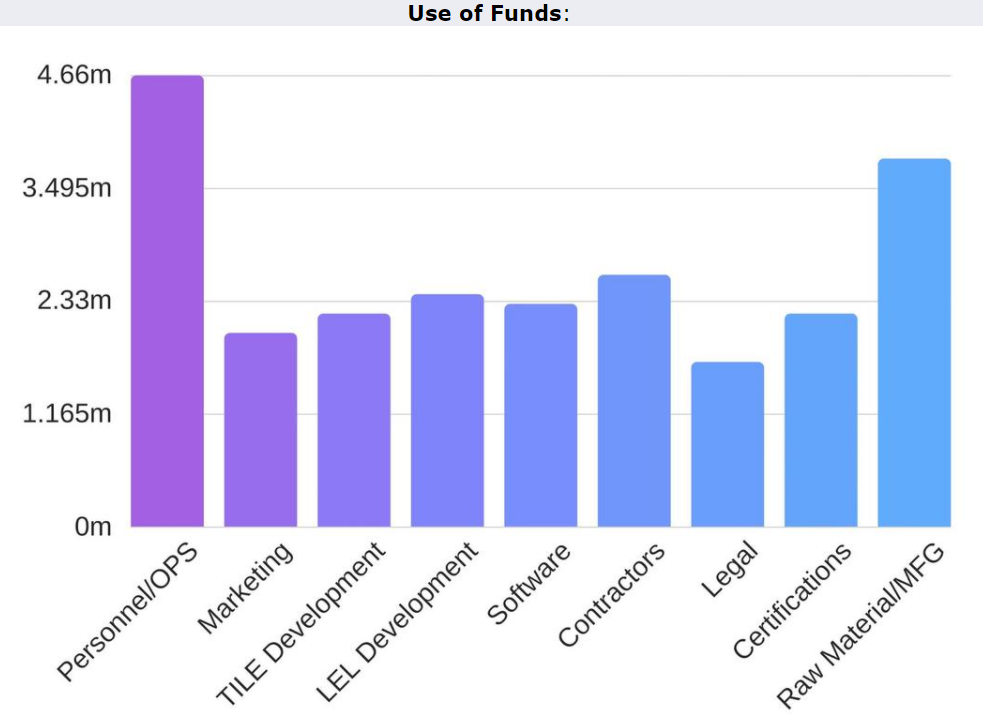
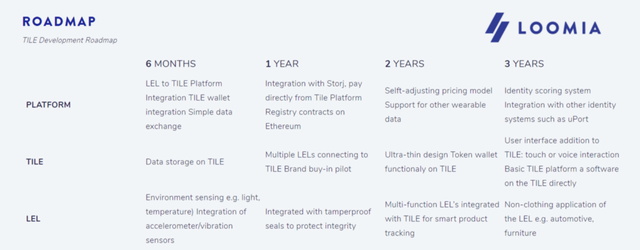
More important information on Loomia
For more on Loomia please go to https://loomia.com/welcome
Read the reviews by highly regarded media outlets https://www.forbes.com/sites/rachelarthur/2017/09/08/data-from-your-clothing-could-soon-earn-you-digital-currency-thanks-to-this-blockchain-integration/#b591146f99e3
http://www.businessinsider.com/loomia-startup-electric-fabric-ethereum-token-sale-2017-9
Follow Loomia on Twitter https://twitter.com/LoomiaCo
Facebook https://www.facebook.com/LoomiaCo/
Telegram https://t.me/LOOMIA
Medium https://medium.com/@LoomiaCo
The announcement on bitcointalk https://bitcointalk.org/index.php?topic=2343085.0
The Loomia whitepaper https://github.com/LOOMIA/loomia/blob/master/LOOMIA_whitepaper.pdf
My Bitcointalk profile https://bitcointalk.org/index.php?action=profile;u=1251246
My Bitcointalk Username: tendy263
Disclaimer: I am just a bot trying to be helpful.
Downvoting a post can decrease pending rewards and make it less visible. Common reasons:
Submit